Chapter 24: The Origin of Species
0.0(0)
0.0(0)
Card Sorting
1/35
Earn XP
Description and Tags
Study Analytics
Name | Mastery | Learn | Test | Matching | Spaced |
|---|
No study sessions yet.
36 Terms
1
New cards
speciation
-An evolutionary process in which one species splits into two or more species.
-the origin of new species, is at the
focal point of Darwin's evolutionary theory.
-Evolutionary theory must explain how new species originate and how populations evolve
-the origin of new species, is at the
focal point of Darwin's evolutionary theory.
-Evolutionary theory must explain how new species originate and how populations evolve
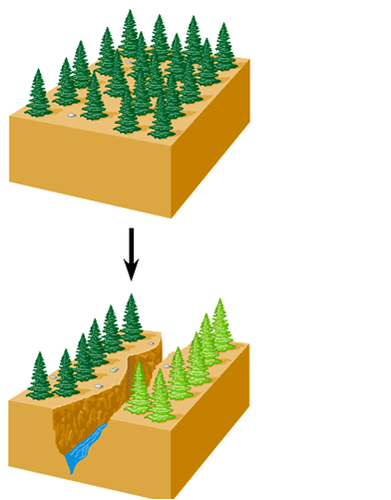
2
New cards
microevolution
-consists of adaptations that evolve on the smallest scale within a population, confined to one gene pool; generation-to-generation change
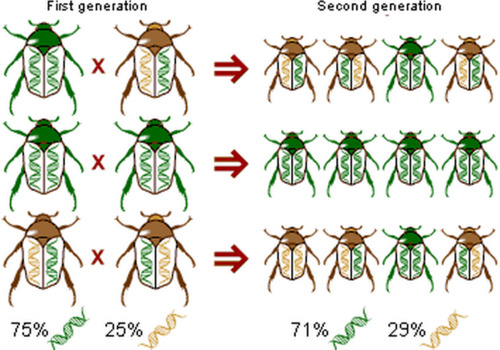
3
New cards
macroevolution
refers to evolutionary change above the species level; large scale
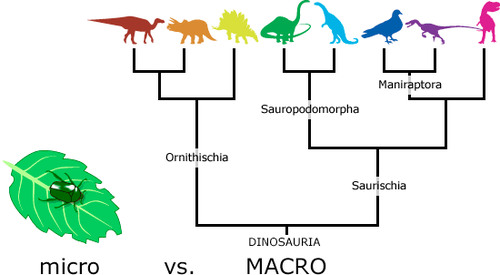
4
New cards
biological species concept
States that a species is a group of populations whose members have the potential to interbreed in nature and produce viable, fertile offspring; they do not breed successfully with other populations.
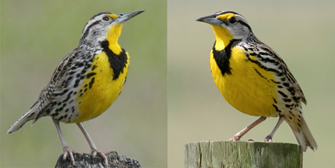
5
New cards
species
group of similar organisms that can breed and produce fertile offspring
6
New cards
reproductive isolation
the existence of biological factors (barriers) that impede two different species from producing viable, fertile offspring; keeps two species from interbreeding
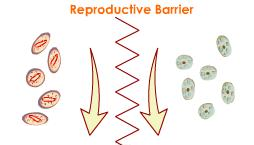
7
New cards
habitat isolation
Two species encounter each other rarely, or not at all, because they occupy different habitats, even though not isolated by physical barriers.
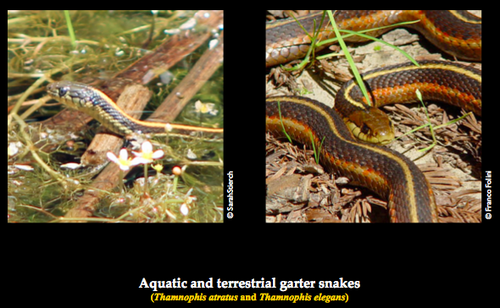
8
New cards
temporal isolation
Species that breed at different times of the day, different seasons, or different years cannot mix their gametes.
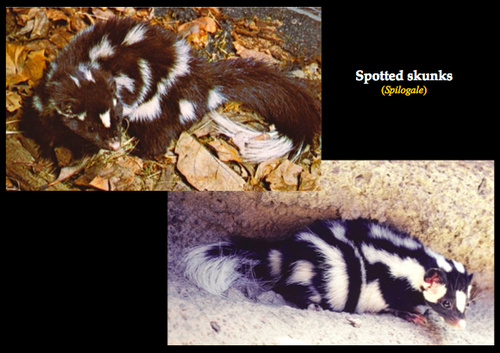
9
New cards
behavioral isolation
courtship rituals that attract mates and other behaviors unique to a species are effective reproductive barriers, even between closely related species. Such behavioral rituals enable "mate recognition" - a way to identify potential mates of the same species
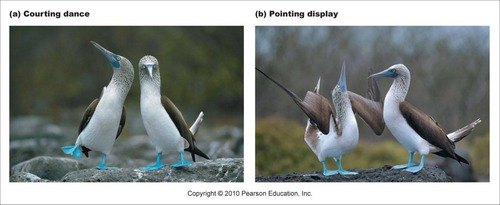
10
New cards
mechanical isolation
mating is attempted, but morphological differences prevent its successful completion
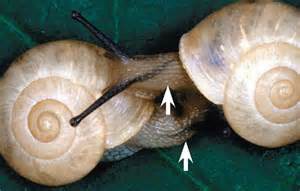
11
New cards
gametic isolation
sperm of one species may not be able to fertilize the eggs of another species
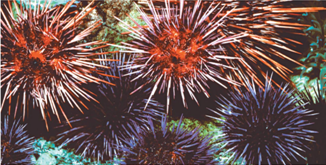
12
New cards
reduced hybrid viability
the genes of different parent species may interact in ways that impair the hybrid;s development or survival in its environment; WEAK OFFSPRING

13
New cards
reduced hybrid fertility
even if the hybrids are vigorous, they may be sterile. if the chromosomes of the two parent species differ in number or structure, meiosis may fail to produce normal gametes; STERILE OFFSPRING
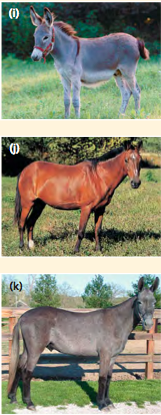
14
New cards
hybrid breakdown
some first generation hybrids are viable and retile, but when they mate with one another or with either parent species, offspring of the next generation are feeble or sterile
15
New cards
hybrids
are the offspring of crosses between different species
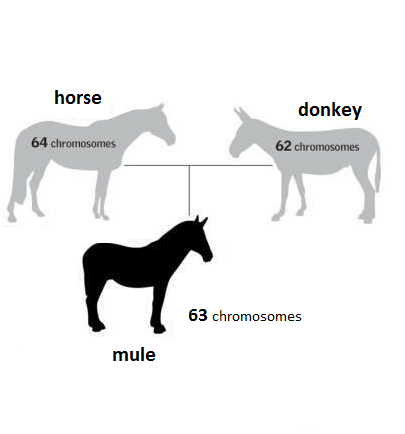
16
New cards
prezygotic barriers
prevent mating or fertilization between species; maintain reproductive isolation; include Temporal, Habitat, Behavioral, Mechanical, and Gamete Isolation. Mneumonic: The Hell Breaking Man Growled
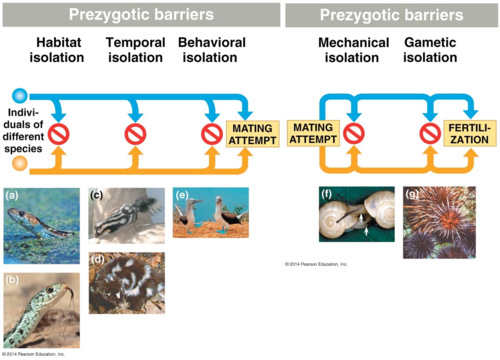
17
New cards
postzygotic barriers
prevent the hybrid zygote from developing into a viable, fertile adult
Include: Reduced hybrid viability, Reduced hybrid fertility, and Hybrid breakdown.
Include: Reduced hybrid viability, Reduced hybrid fertility, and Hybrid breakdown.

18
New cards
morphological species concept
characterizes a species by body shape and other structural features
19
New cards
ecological species concept
defines a species as a set of organisms that are adapted to a particular set of resources
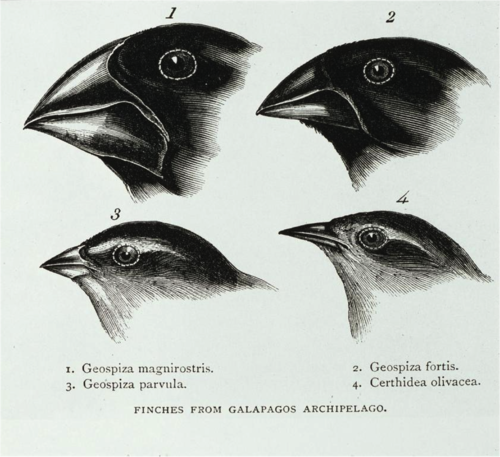
20
New cards
phylogenetic species concept
defines a species as a set of organisms with a unique genetic history
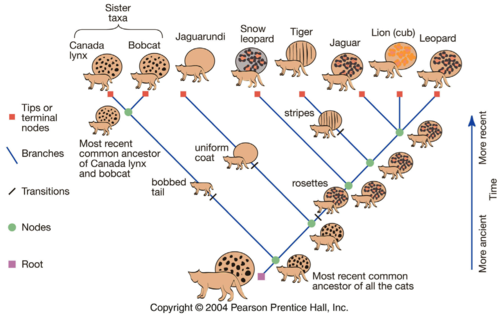
21
New cards
ecological species concept
views a species in terms of its ecological niche, its role in a biological community; i.e.: 2 species of Galapagos finches may look alike but can be distinguished based on what they eat
22
New cards
paleontological species concept
focuses on morphologically discrete species known only from the fossil record; used because their is little to no info about their mating capability
23
New cards
allopatric speciation
The formation of a new species as a result of an ancestral population's becoming isolated by a geographic barrier.
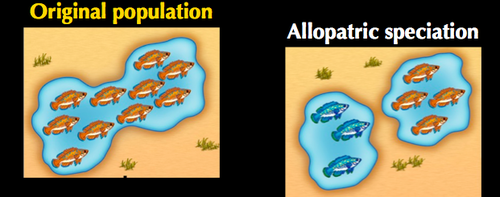
24
New cards
sympatric speciation
The formation of new species in populations that live in the same geographic areas
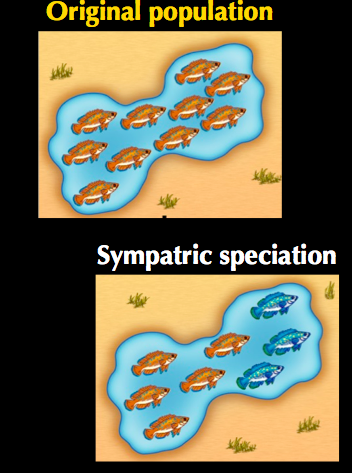
25
New cards
polyploidy
condition in which an organism has an extra set of chromosomes; result of an accident during cell division
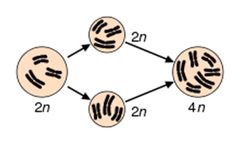
26
New cards
autopolyploid/y
The state of having more than two full sets of chromosomes due to a mutation that doubled the chromosome number; i.e.: a failure of cell division can double a cell's chromosome number from the diploid number (2n) to a tetraploid number (4n)
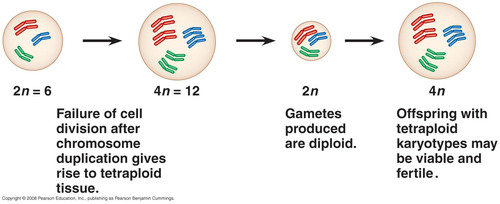
27
New cards
allopolyploid/y
Various mechanisms can change a sterile hybrid into a fertile polyploid known as a(n) _______. They are fertile with each other but can't interbreed with either parental species- thus they represent a new biological species
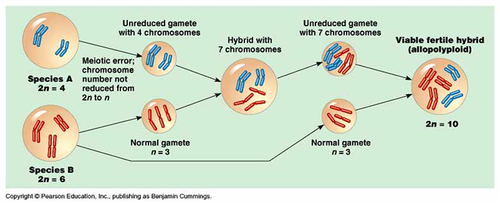
28
New cards
hybrid zone
a geographic region in which members of different species meet and mate, producing at least some offspring of mixed ancestry
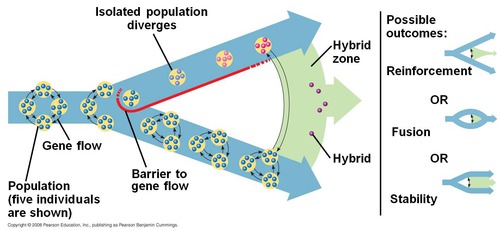
29
New cards
reinforcement
process by which natural selection increases reproductive isolation
30
New cards
punctuated equilibria
pattern of evolution in which long stable periods are interrupted by brief periods of more rapid change; a new species changes most as it buds from a parent species and then changes little for the rest of its exostence
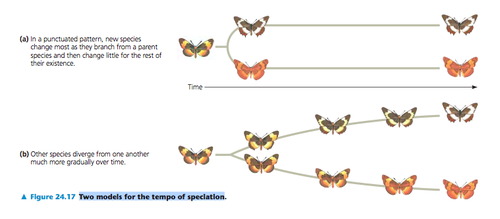
31
New cards
gradualism model
species descended from a common ancestor gradually diverge more and more in their morphology as they acquire unique adaptations
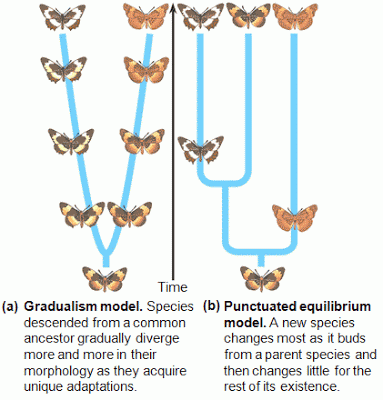
32
New cards
adaptive radiation
the evolution of many diversely adapted species from a common ancestor upon introduction to various new environmental opportunities and challenges.
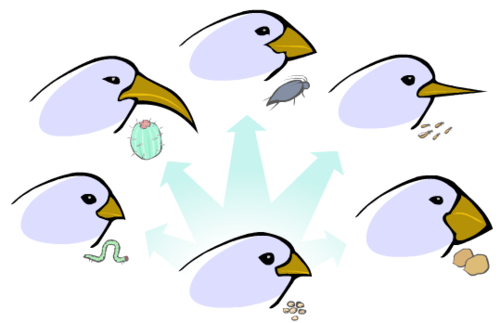
33
New cards
heterochrony
an evolutionary change in the rate or timing of developmental events; i.e.: an organism's shape depends in part on the relative growth rates of different body parts during development
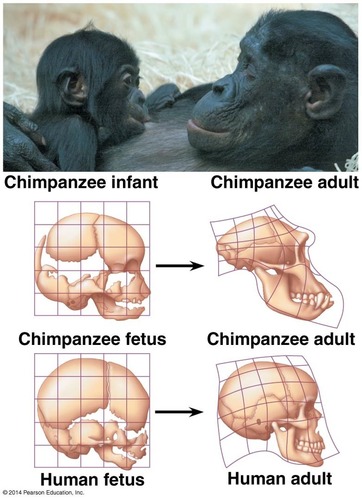
34
New cards
allometric growth
proportioning of the relative rates of growth of various parts of the body that helps give a body its specific form
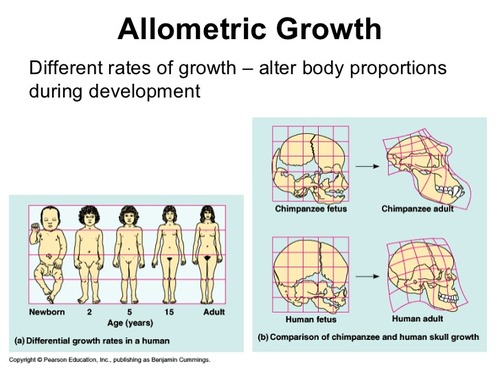
35
New cards
paedomorphosis
a condition in which reproductive development accelerates compared to somatic development, the sexually mature stage of a species may retain body features that were juvenile structures in an ancestral species

36
New cards
homeotic genes
determine basic features such as where a pair of wings and a pair of legs will develop on a bird or how a plant's flower parts are arranged